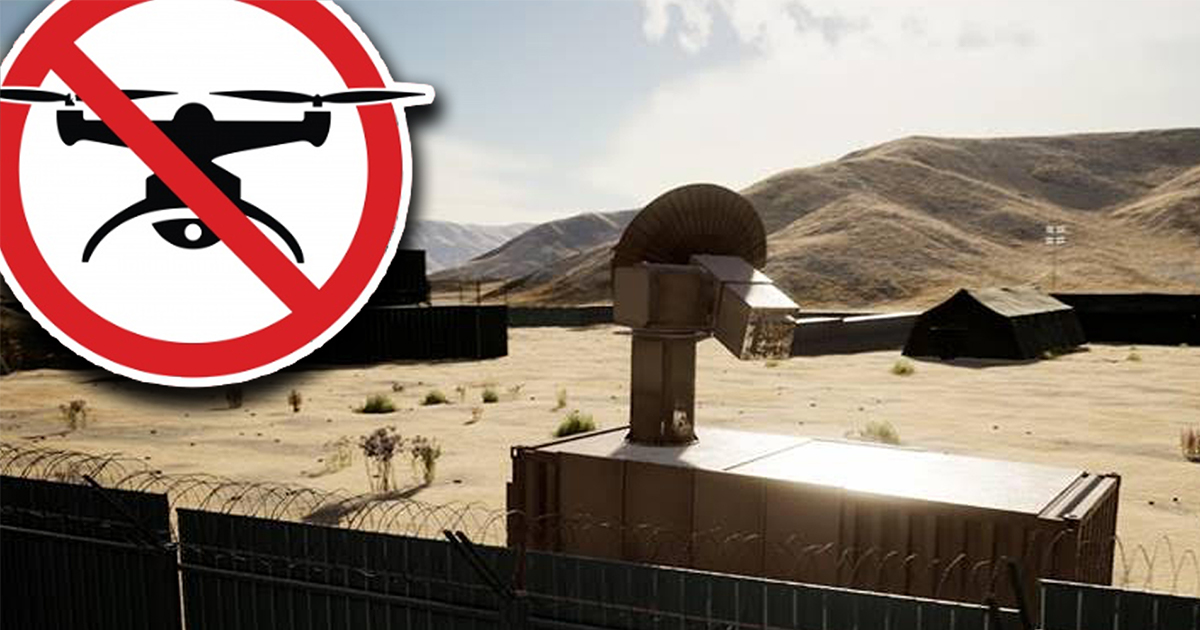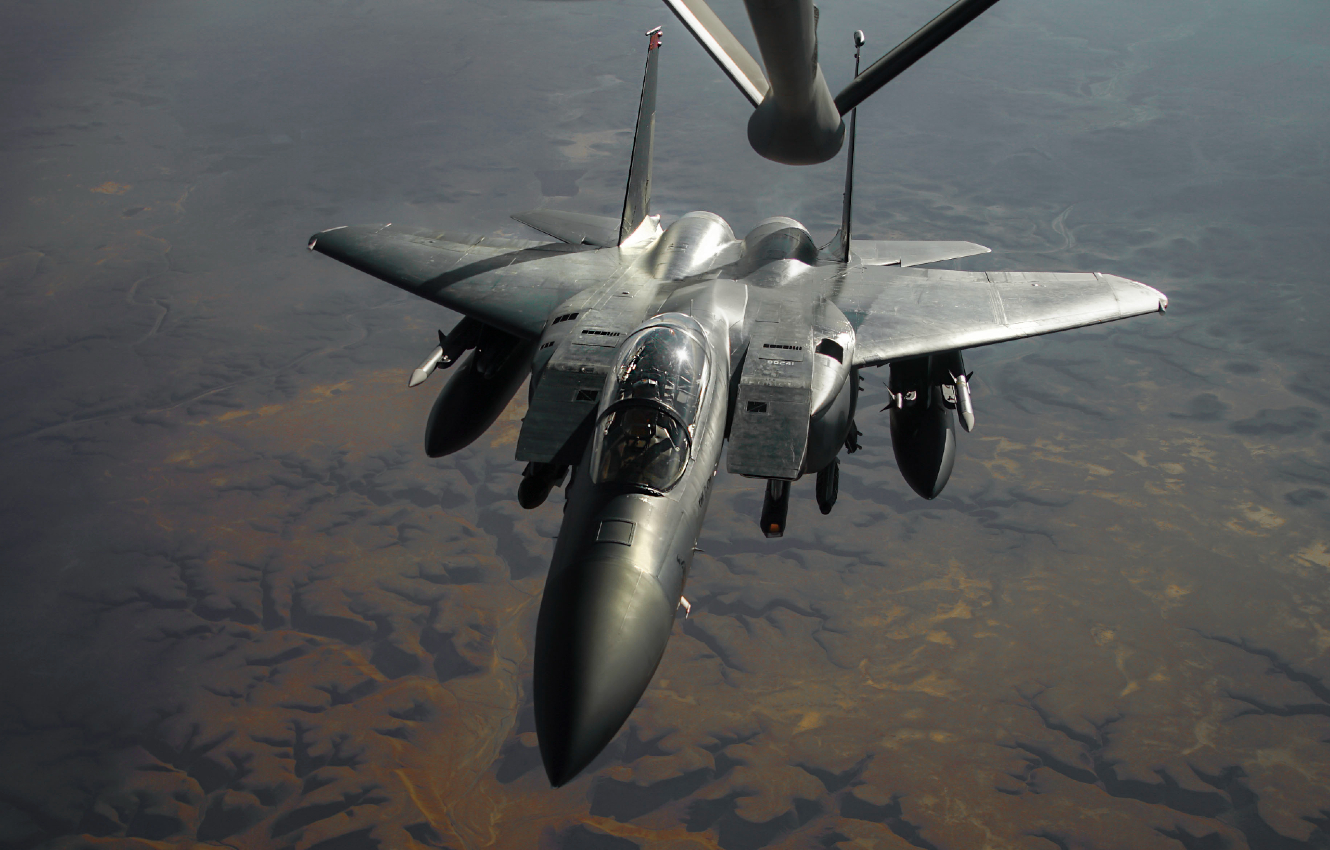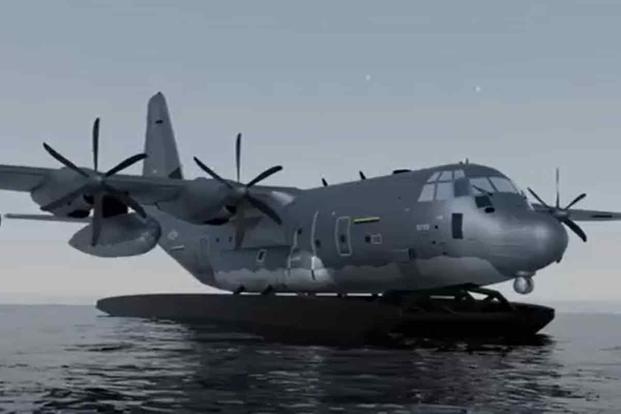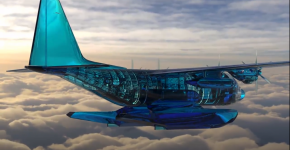Agreed, the B-21 carries only half the payload of a B-2.I would add that the B-21 is anticipated to have a significantly smaller payload than the B-2, which has a significantly smaller payload than the B-1. So, it's pretty reasonable to expect a better than 1:1 number of airframes to be desired. Plus with ~100 B-21 replacing ~80 B-1/B-2 there will still be a savings in aircrew personnel required to man an increased number of aircraft.
The Raider's curvature profile within the fuselage, often referred to as the chine, appears sleeker than the B-2, potentially reducing the aircraft's radar cross-section. The latest updated rendering follows 3 released in 2020.
In its latest factsheet, the Air Force put the average B-21 cost at US$639 million -- or US$673 million today due to inflation. Richard Aboulafia, vice president and analyst at the Teal Group, said that those numbers are only one part of the total purchase price and do not include supporting equipment, among other items.
Last edited:










